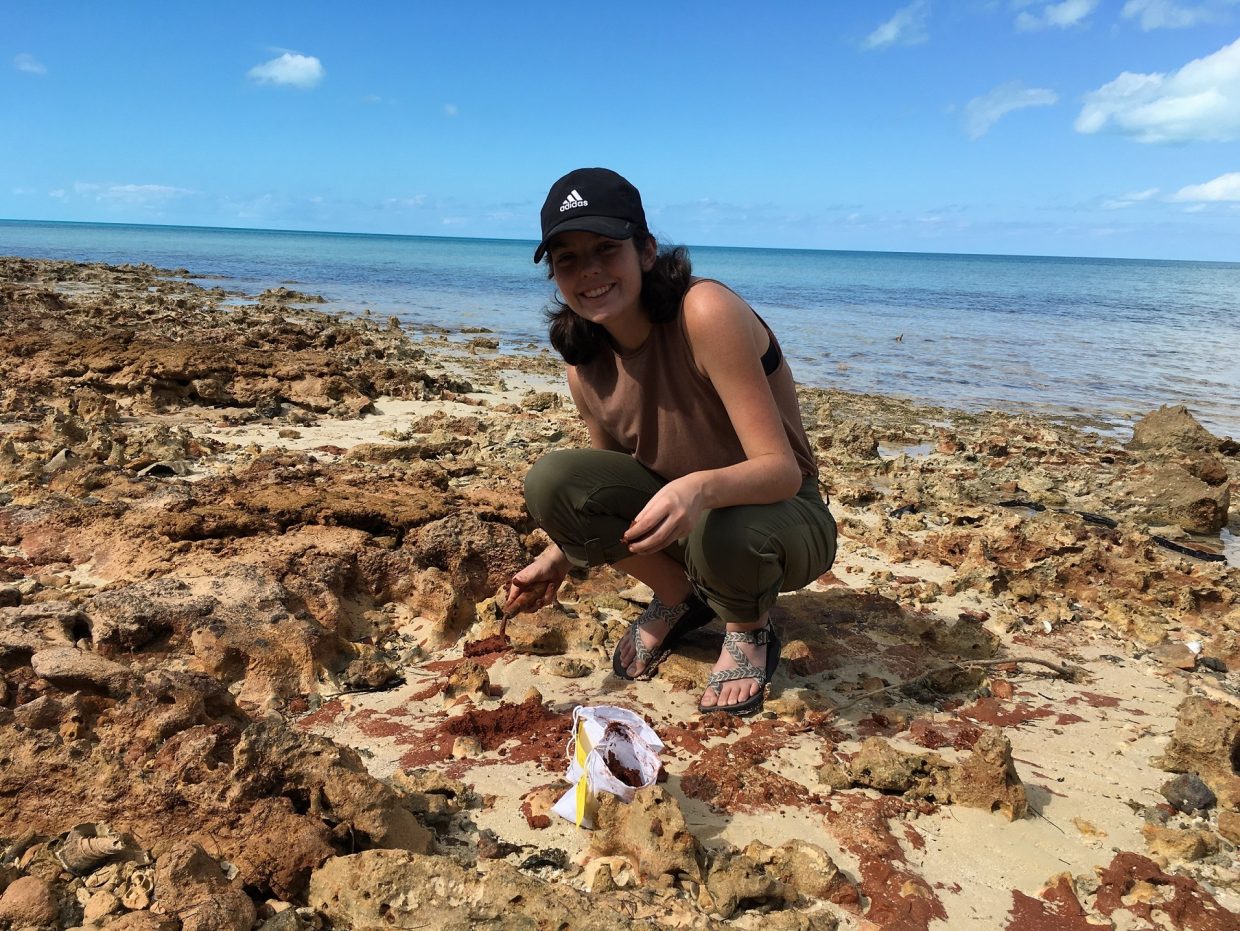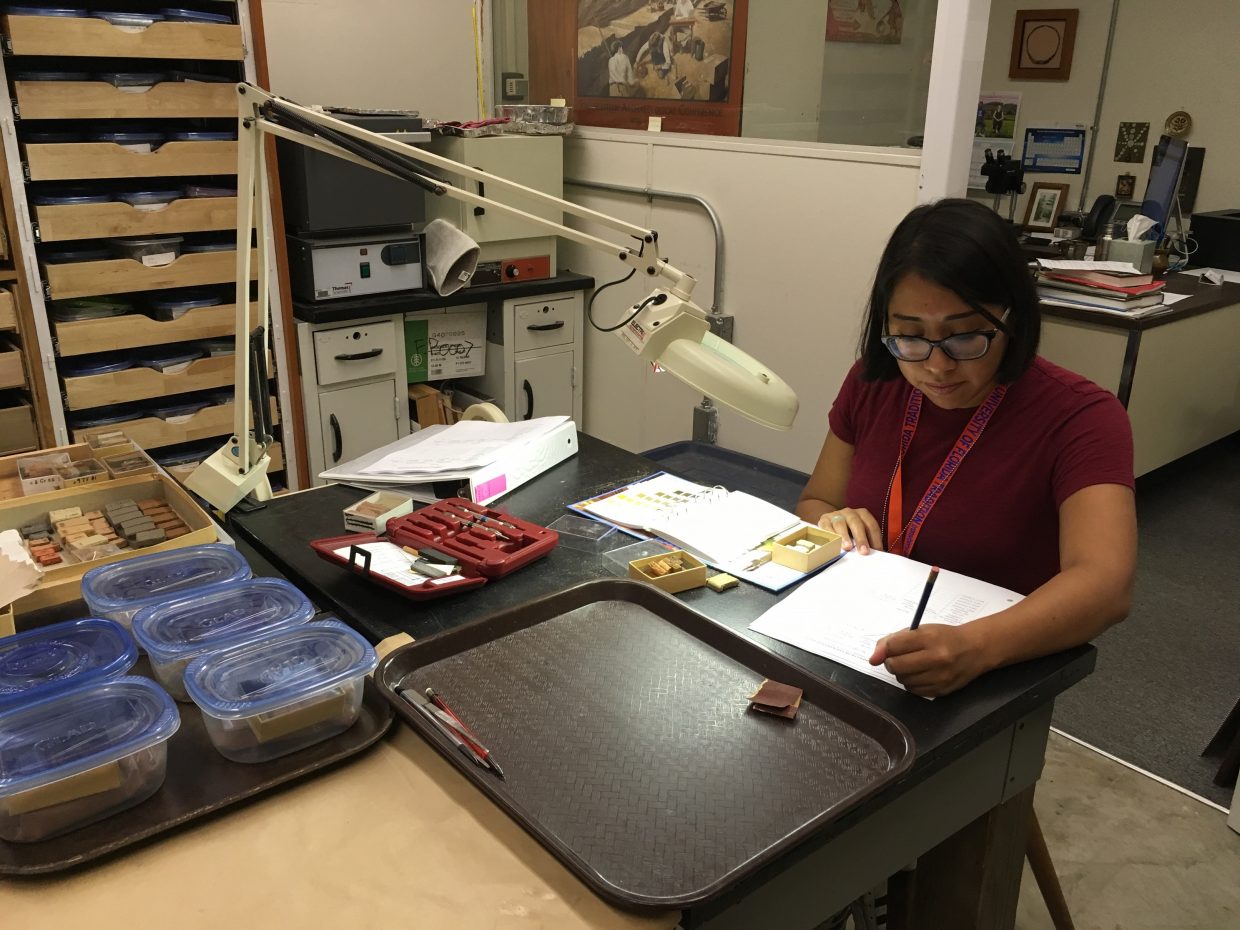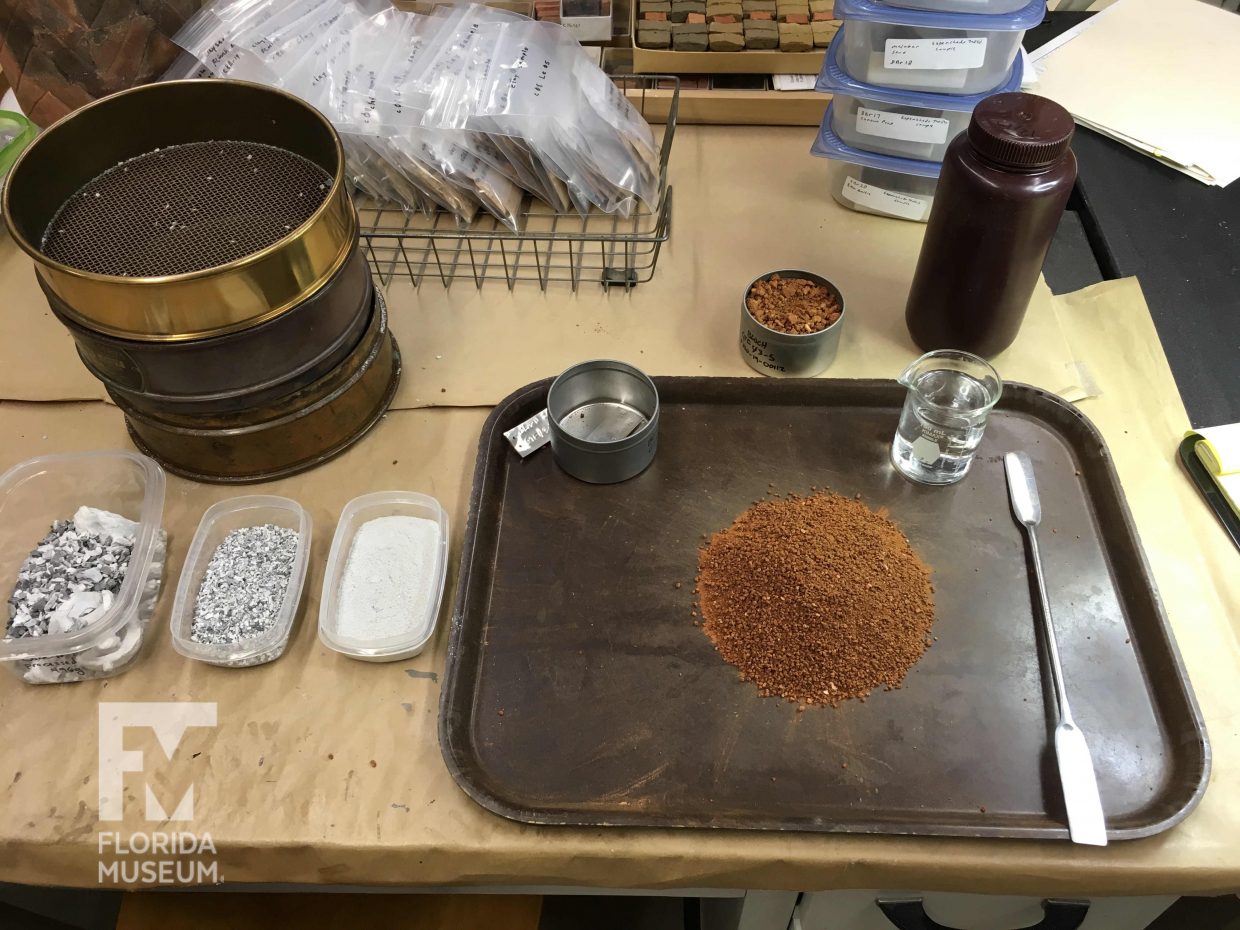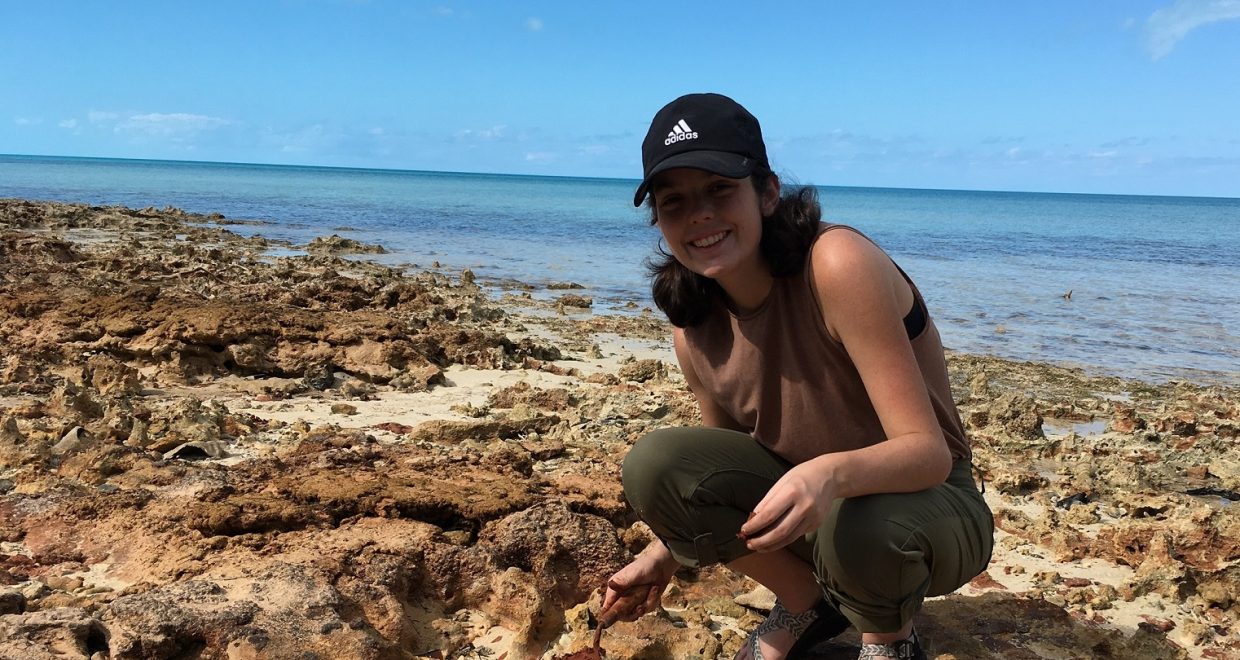Testing Color Technology from the Bahamas to the Pandemic Bubble
In mid-March 2020, I stood in my lab and slowly scanned the shelves. The tables were covered in ongoing projects. We had just been told that the University of Florida campus was closing to non-essential personnel and to plan on working from home for at least two weeks (which turned into months). The core purpose of the Ceramic Technology Lab (CTL) at the Florida Museum is to do hands-on research with raw materials and fired clay objects. What could we work on at home that didn’t involve actual artifacts or a proper lab?
I thought back to three months earlier, when in the middle of our field season at the Wemyss site on Long Island, The Bahamas, Curator of Caribbean Archaeology Dr. Bill Keegan was gifted a Munsell Capsure. With Dr. Michelle LeFebvre, we talked in the field about how its readings might compare to human readings from the Munsell Soil Color Charts (MSCC). Emily Kracht and Rachel Woodcock had then systematically recorded color for shovel test pit sediments with both the device and the standard MSCC, but we had not yet digitized or analyzed those comparisons. This wasn’t the only color-centric project at the time: Claudette Lopez had collected color and hardness data on our Florida Clay collection for her undegraduate honors thesis linking clay/pottery color to geological origins. I realized that we were in a good position to assess archaeological color recording techniques using data we had already collected but not analyzed, small parts of disparate projects forming case studies testing the Munsell Capsure spectrocolorimeter.

Technology is great, but you have to know how it works. One of my goals running the lab is to make sure that students approach technology critically, interrogating the tools, not taking them for granted. This approach to research has been part of our lab since its founding in the 1970s by Dr. Prudence Rice. The “technology” in our name is two-fold: technology of the past understood via technology of the present. Grounded in ceramic ecology, researchers in the lab think holistically about pottery manufacture and use. Sometimes we’re reverse-engineering, trying to figure out how a pot was made or what was used to make it. Other projects use mineral or elemental markers to identify the source of the clay via petrography, X-ray diffraction, neutron activation, or mass spectrometry, providing tangible ways to show the movement of people and their material culture across the landscape. We also study form and decoration to learn more about the function and meaning of pottery.

On that day in March, I packed away projects, then popped the Capsure and Munsell book in my bag and headed home, not sure what was going to happen. It turned out that this was a great pandemic project, giving us a new way to think about our research and our tools. We learned about the history of Munsell color, talked color theory, and Dr. Jake Hosen taught us some new tricks in R to better understand and visualize the data. We hope that our work will be useful to some of you as well.
Find out what’s new in the lab @CeramicTechLab on Twitter

Associate research:
The research mentioned, and published by Cambridge, is either already available open access or now free-to-access until the end of August 2021. Links to the papers are below:






